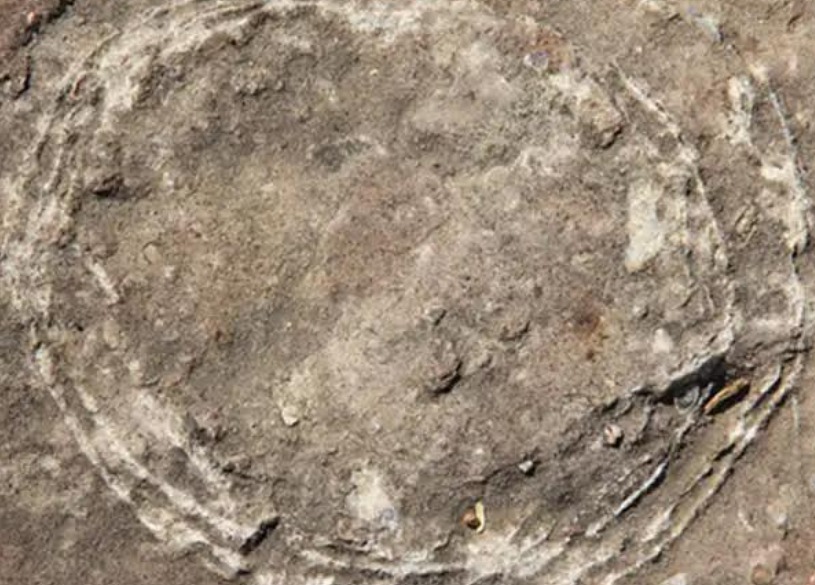India’s Hidden Jurassic Legacy: Sacred Stones in Madhya Pradesh Turn Out to Be Dinosaur Eggs

India's Hidden Jurassic Legacy: Sacred Stones in Madhya Pradesh Turn Out to Be Dinosaur Eggs
In a small village tucked away in Madhya Pradesh, ancient creatures have been hiding in plain sight — not in museums or laboratories, but on family altars, fields, and prayer sites. For generations, the people of Padlya village in the Dhar district have worshipped small, round stones, believing them to be sacred representations of their ancestral deities, or kuldevtas. But what they were really offering coconuts and even goats to… were fossils from a prehistoric past.
The smooth, palm-sized stones — locally known as “Kakar Bhairav” — were long believed to be spiritual guardians of land and livestock. But during a recent visit by paleontologists from the Birbal Sahni Institute of Palaeosciences, Lucknow, the sacred status of these objects took a dramatic turn. Scientists confirmed that these weren’t ordinary stones, nor divine symbols, but fossilized dinosaur eggs — specifically from titanosaurs, a group of giant, long-necked sauropod dinosaurs that roamed the earth around 70 million years ago.
Imagine the surprise of villagers like Vesta Mandaloi, who had grown up revering the eggs as sacred. To learn that these prayer stones were once part of an ancient nesting site shook generations of belief — and opened a fascinating window into Earth’s deep past.
This astonishing find is not an isolated case. In fact, the region around the Narmada Valley has long been recognized by scientists as a hotbed of dinosaur activity. A 2023 study published in PLOS ONE revealed a staggering 92 nests and 256 eggs of titanosaurs across the Lameta Formation in Dhar district alone.
The fossils not only indicate that dinosaurs used the region as a mass nesting site, but also reveal sophisticated reproductive behaviors. Researchers noted fascinating egg abnormalities like multi-shelled eggs and even “egg-within-egg” structures — rare discoveries that hint at complex nesting strategies and possible evolutionary links between reptiles and birds.
Adding another layer to this geological marvel is the setting in which these eggs were laid. According to researcher Vishal Verma, these nests formed in an estuary — where the ancient Tethys Sea once met the Narmada River. This occurred after the Seychelles landmass broke away from the Indian tectonic plate, allowing seawater to flow nearly 400 km into central India. This unique environment created perfect nesting grounds, now fossilized under layers of sediment and Deccan Traps lava flows — volcanic remnants that preserved these eggs for over 66 million years.
One of the most groundbreaking elements of this discovery is that it includes what is believed to be the first-ever known multi-shell egg of a reptile found anywhere in the world. This rare phenomenon could hold clues to the evolutionary bridge between reptiles and modern birds, shedding light on how ancient creatures laid their eggs and raised their young.
The story of Padlya village stands as a fascinating example of how cultural traditions and scientific discovery can intersect in the most unexpected ways. What was once thought to be a symbol of divine protection is now recognized as part of Earth’s incredible prehistoric record.
While this revelation may change how villagers see these stones, it doesn’t diminish their cultural value — instead, it adds an extraordinary dimension to it. These fossilized eggs are now not only spiritually significant but scientifically priceless, linking local traditions to a time when giants walked the land.












